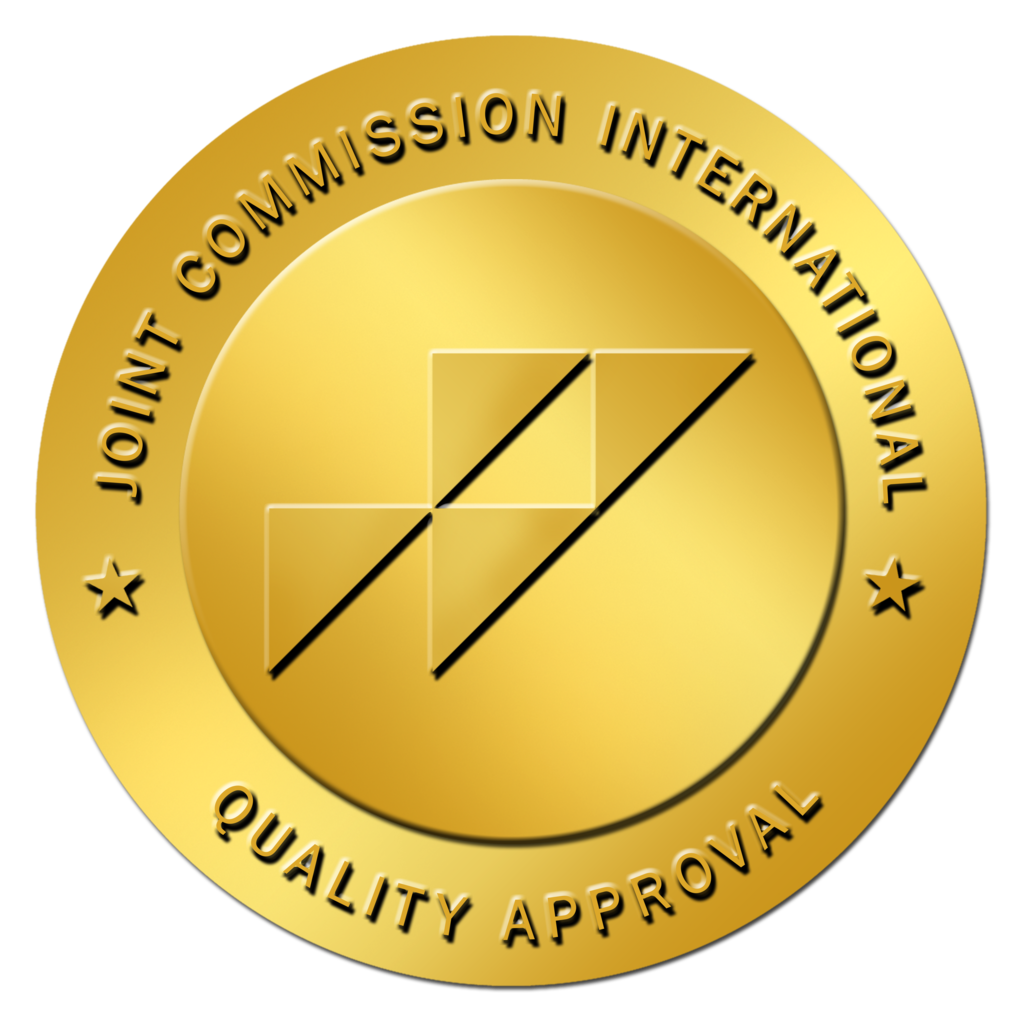Understanding Cognitive Behavioral Therapy
Introduction to CBT
Cognitive Behavioral Therapy (CBT) is a common type of talk therapy that we can engage in with a mental health professional. This structured approach helps individuals become aware of thinking patterns that may be creating difficulties in their lives. It aims to assist us in viewing challenging situations more clearly and responding to them more effectively. CBT is highly beneficial for treating a variety of mental health conditions, including depression, anxiety, post-traumatic stress disorder (PTSD), and eating disorders. Furthermore, it can help manage stressful life situations, even when no specific mental health condition has been diagnosed. For more information about the process, please refer to Mayo Clinic.
Benefits of CBT
The advantages of CBT are numerous. This form of therapy is often favored because of its structured nature and the relatively short number of sessions needed to achieve results. Essentially, CBT helps us learn to deal with specific challenges quickly and effectively. One key benefit is its adaptability; it has been modified for use with children, adolescents, adults, couples, and families.
Some benefits of cognitive behavioral therapy include:
| Benefits of CBT | Description |
|---|---|
| Structured Approach | Involves clearly defined goals and methods, making it easier for participants to track their progress. |
| Quick Results | Generally requires fewer sessions compared to other therapy types, allowing for efficient treatment. |
| Skill Development | Encourages the practice of new skills and coping mechanisms through homework assignments and exercises. |
| Collaborative Process | Involves a teamwork approach where the therapist and patient work together to modify unhelpful thinking patterns. |
| Broad Range of Applications | Effective for various mental health concerns and can be complementarily used with other treatments, such as medications. |
For those interested in enhancing their coping mechanisms and addressing emotional challenges, CBT presents a well-recognized option. It is crucial to have an open dialogue with a therapist about how CBT can cater specifically to one’s unique needs. More information on related therapies can also be found in our articles on dialectical behavior therapy and mindfulness based therapy.
Applications of Cognitive Behavioral Therapy
Cognitive Behavioral Therapy (CBT) is widely used for various mental health conditions. We can highlight its effectiveness in treating depression and anxiety while also addressing other serious issues such as PTSD and eating disorders.
Treating Depression and Anxiety
CBT is a powerful approach for individuals struggling with depression and anxiety. It helps individuals identify and modify negative thought patterns that contribute to their emotional distress. Research indicates that CBT for depression is more effective than simply waiting for treatment, yielding a medium effect size when compared to control conditions (NCBI).
In anxiety disorders, CBT is recognized as the first-line treatment. It’s related to significant improvements in anxiety symptoms, sleep dysfunction, and overall quality of life. By focusing on the connection between thoughts, emotions, and behaviors, CBT empowers individuals to handle anxiety and stress more effectively.
| Condition | Effectiveness of CBT | Additional Benefits |
|---|---|---|
| Depression | Medium effect size compared to controls | Higher improvement rates than waiting lists |
| Anxiety | Significant positive effects on symptoms | Superior long-term results compared to medication |
Managing PTSD and Eating Disorders
CBT is also effective in treating post-traumatic stress disorder (PTSD) and eating disorders. For PTSD, CBT helps individuals process trauma and develop coping mechanisms. It has shown strong evidence of reducing PTSD symptoms, making it a valuable option for therapy (Mayo Clinic).
When applied to eating disorders such as bulimia, CBT works by changing disordered thinking patterns to promote healthier behaviors and attitudes towards food. Studies have found it to be effective in managing symptoms related to bulimia, which can be particularly challenging to treat.
Both PTSD and eating disorders demonstrate the versatility of CBT in addressing different mental health challenges. By utilizing CBT, individuals can gain tools to cope with their conditions, leading to substantial improvements and recovery.
| Condition | Effectiveness of CBT | Outcome |
|---|---|---|
| PTSD | Strong evidence of symptom reduction | Enhanced coping skills |
| Eating Disorders | Effective in managing symptoms | Healthier behaviors towards food |
Incorporating CBT into comprehensive treatment plans, including other therapies such as Dialectical Behavior Therapy (DBT) or mindfulness-based therapy, can further enhance recovery. As we explore additional methods of therapy, we recognize the importance of tailoring treatment to meet the unique needs of each individual.
Structure and Process of CBT
Cognitive Behavioral Therapy (CBT) is a highly structured form of psychotherapy designed to address various psychological issues. The process typically includes both one-on-one and group sessions, allowing for tailored approaches based on individual or collective needs.
One-on-One Sessions
In one-on-one sessions, individuals work directly with a licensed therapist. This personalized approach provides a safe environment where clients can explore their thoughts, feelings, and behaviors in depth. The therapist collaborates with the client to set specific goals and identify the challenges they wish to overcome.
CBT is often structured around approximately 60-minute sessions that occur weekly for 8 to 12 weeks. During these sessions, clients may engage in discussions, identify negative thought patterns, and practice new skills. Homework assignments are a key component, encouraging clients to apply what they’ve learned in their daily lives (Mayo Clinic).
| Session Structure | Frequency | Duration |
|---|---|---|
| One-on-One Sessions | Weekly | 60 minutes |
| Total Duration | 8-12 weeks |
Group Therapy Sessions
Group therapy sessions provide a shared experience where individuals facing similar challenges can interact and support one another. This format can foster a sense of community and belonging, which is often beneficial for those struggling with addiction or mental health issues.
Group sessions follow a structured format similar to one-on-one therapy but typically involve a facilitator guiding discussions and activities. Participants may share their experiences, practice coping strategies, and provide feedback to one another. This collaborative format can enhance learning as participants gain insights from different perspectives.
Group therapy options may include specialized topics or focus on specific issues like substance abuse group therapy or anxiety group therapy. Like individual therapy, group sessions generally meet weekly for about 60 minutes and may last for several weeks in a structured program.
| Session Structure | Frequency | Duration |
|---|---|---|
| Group Therapy Sessions | Weekly | 60 minutes |
| Total Duration | 8-12 weeks |
Both one-on-one and group therapy sessions are integral to the CBT process, helping participants develop effective coping strategies to manage their emotional challenges. For those interested in exploring different therapeutic approaches alongside CBT, options like dialectical behavior therapy or mindfulness-based therapy can also be valuable.
Effectiveness and Duration of CBT
Cognitive Behavioral Therapy (CBT) is recognized for its effectiveness in treating a variety of mental health conditions. Understanding its duration and benefits is essential for those looking for suitable treatment options.
Short-term Therapy Benefits
CBT is generally structured as a short-term therapy, with treatment typically ranging from 5 to 20 sessions. Each session usually lasts about 60 minutes and is often conducted on a weekly basis for 8 to 12 weeks (Mayo Clinic). The therapy focuses on collaboratively setting goals, addressing prioritized problems, and engaging with homework assignments to reinforce learning during the week.
This condensed treatment model allows CBT to yield rapid results. It has been shown to be particularly effective in alleviating symptoms of anxiety and depression, leading to meaningful improvements in a relatively short period. The targeted approach also helps clients gain practical tools to manage their thoughts and behaviors in everyday situations, enhancing their ability to cope with challenges.
Number of Sessions Needed
The number of sessions required for CBT can vary significantly based on individual circumstances. Factors influencing the total sessions include the complexity of the issues being addressed, the duration of those challenges, and the rate of progress achieved during therapy (Therapy Group of DC).
| Complexity of Issue | Estimated Number of Sessions |
|---|---|
| Mild to Moderate Issues | 5 to 10 sessions |
| Moderate to Severe Issues | 10 to 20 sessions |
CBT has shown promising effectiveness not only in treating anxiety and depression but also in managing anger problems and aggression-related issues (NCBI). By tailoring the number of sessions to individual needs, CBT offers a flexible approach to mental wellness that adapts to various therapeutic goals and personal circumstances.
For individuals seeking a commitment-based program combined with evidence-based practices, we encourage exploring options such as individual therapy or group therapy addiction as part of a holistic recovery plan.
Combining CBT with Other Therapies
Integrating cognitive behavioral therapy (CBT) with other treatment modalities can enhance the effectiveness of addiction treatment programs. By using a comprehensive approach, we can address the complexities of substance use disorders while promoting recovery.
Pharmacological Therapy Synergy
CBT is often used alongside pharmacological therapy to achieve optimum outcomes for those dealing with mental health disorders. Research indicates that when CBT is combined with medication, individuals may experience significant improvements in their symptoms. This dual approach not only helps in alleviating the immediate effects of addiction but also equips individuals with coping skills that enhance their long-term recovery (NCBI Bookshelf). The combination allows us to target the physiological aspects through medication while addressing the cognitive distortions and behavioral patterns that contribute to addiction.
| Treatment Type | Benefits | Examples |
|---|---|---|
| Cognitive Behavioral Therapy | Develop coping strategies, alter negative thinking | Skill-building, homework exercises |
| Pharmacological Therapy | Reduce withdrawal symptoms, stabilize mood | Antidepressants, anti-anxiety medications |
Choosing Totality Treatment for drug and alcohol rehabilitation programs will ensure that individuals receive a holistic approach, enhancing recovery through both CBT and medication.
Interdisciplinary Team Approach
Employing an interdisciplinary team approach is crucial in offering comprehensive care. This approach includes collaboration among various professionals, such as physicians, nurses, and behavioral therapists, ensuring that all aspects of a person’s health are addressed. For example:
- Physicians manage medication and monitor physical health.
- Nurses provide support and monitor progress.
- Behavioral therapists administer CBT, focusing on mental health and coping strategies.
This teamwork not only streamlines the treatment process but also enhances outcomes by ensuring that we consider psychological, social, and physical factors impacting recovery. Totality Treatment advocates for this collaborative model, understanding that addiction is a complex condition requiring a multifaceted treatment plan.
Choosing an approach that incorporates CBT with pharmacological therapy and a team of specialized professionals can significantly increase the chances of recovery, leading to a healthier, substance-free life.
Specialized Forms of CBT
Cognitive Behavioral Therapy (CBT) has various specialized forms that adapt its foundational principles to address specific mental health challenges. Two notable adaptations are Dialectical Behavior Therapy (DBT) and Acceptance and Commitment Therapy (ACT), both of which can significantly enhance the therapeutic experience.
Dialectical Behavior Therapy (DBT)
Dialectical Behavior Therapy combines traditional CBT techniques with mindfulness practices. This approach is particularly beneficial for individuals who struggle with intense emotions and interpersonal difficulties. Initially developed for treating borderline personality disorder, DBT has shown effectiveness in reducing self-destructive behaviors and improving emotional regulation.
Key components of DBT include:
- Mindfulness: Clients are taught to observe their thoughts and feelings without judgment, allowing them to gain greater awareness of their emotional states.
- Interpersonal Effectiveness: Skills are taught to help individuals communicate their needs and boundaries more effectively, improving relationships with others.
- Distress Tolerance: Techniques are provided to manage crises without resorting to harmful behaviors.
- Emotional Regulation: Clients learn strategies to recognize and alter emotional responses.
DBT’s emphasis on mindfulness aligns with our holistic approach at Totality Treatment, where we incorporate various therapeutic modalities to support recovery. For more information about mindfulness practices, check out our article on mindfulness based therapy.
Acceptance and Commitment Therapy (ACT)
Acceptance and Commitment Therapy is another specialized form of CBT that encourages clients to embrace their thoughts and feelings rather than trying to fight or control them. This therapy emphasizes psychological flexibility and commitment to personal values. ACT has proven successful in treating a variety of conditions, including chronic pain, anxiety disorders, and depression.
Key principles of ACT include:
- Acceptance: Clients are taught to acknowledge their thoughts and feelings without judgment or avoidance, resulting in a more open and flexible mindset.
- Cognitive Defusion: Techniques are used to help individuals separate themselves from their thoughts, reducing their influence over behavior.
- Values Clarification: Clients identify what matters most to them, which helps drive commitment to changes in behavior.
- Mindful Action: Encouragement to take actions consistent with one’s values despite the presence of difficult emotions.
ACT’s focus on acceptance complements our strategies at Totality Treatment, enabling our clients to develop healthier coping mechanisms. For a deeper understanding of ACT, we recommend looking into our resources on dual diagnosis cbt therapy.
Both DBT and ACT represent key components of our treatment philosophy, offering transformative tools to those seeking recovery from addiction and mental health challenges. We believe that integrating these approaches enhances the efficacy of our programs, ensuring personalized and holistic care.















